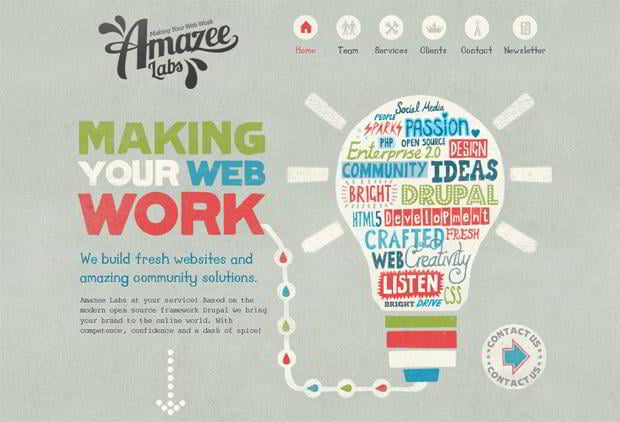Website Style Basics: Tips For Building A User-Friendly Website
Website Style Basics: Tips For Building A User-Friendly Website
Blog Article
Content By-McKnight Daugaard
When it pertains to website layout, making certain user-friendliness is key. From receptive layout to structured navigation, every element plays a vital role in producing a site that caters to your target market's demands. Yet what about the better information that can make or damage a customer's browsing experience? Stay tuned as we reveal some often-overlooked suggestions that can raise your web site's use to the next degree, making it really attract attention in the digital landscape.
Importance of Responsive Layout
Responsive design is an important facet of modern-day internet site development. Ensuring your site is receptive ways that it can adapt to different screen dimensions and gadgets, giving a smooth experience for customers.
With Digital Marketing Agency For Nonprofits raising use of smart devices and tablet computers to access the internet, having a receptive design is crucial for reaching a wider audience. It aids in enhancing user experience by making your site easy to browse and keep reading any kind of tool.
Additionally, responsive style can positively affect your search engine positions, as search engines like Google prioritize mobile-friendly internet sites. By having Digital Marketing And Company , you're additionally future-proofing your web site, as new gadgets with varying display dimensions continue to emerge.
Simplify Navigating Framework
To improve user experience and promote simple accessibility to information on your web site, streamlining the navigation framework is extremely important. When designing your website, focus on creating a clear and user-friendly navigation menu that aids visitors find what they're searching for swiftly.
Limit the variety of menu products to the fundamentals, grouping relevant web pages with each other to avoid frustrating users. Use detailed tags that plainly suggest the web content of each web page, making it less complicated for individuals to comprehend where each web link will take them.
Think about carrying out dropdown menus for subcategories to prevent cluttering the major navigating bar. In addition, include a search bar plainly on the page for customers who choose looking for particular information.
Prioritize mobile responsiveness in your navigating design to ensure easy accessibility on all gadgets.
Enhance Page Lots Rate
Improving web page load rate is vital for keeping site visitors on your internet site. Slow-loading web pages irritate customers and can result in high bounce prices. To https://air-filters-and-purifiers76420.blogdiloz.com/31250464/below-are-some-dos-and-do-n-ts-to-keep-in-mind-when-it-involves-typography-in-website-design , beginning by enhancing pictures. Press images without compromising high quality to minimize their file dimensions.
Additionally, make it possible for browser caching to save frequently accessed sources locally, speeding up tons times for returning visitors. Minify CSS, JavaScript, and HTML files by getting rid of unneeded characters, remarks, and formatting, improving load rate.
Take into consideration using a material shipment network (CDN) to distribute your web site's content across multiple servers worldwide, lowering latency for users accessing your site from various places. Finally, restrict making use of third-party manuscripts and plugins, as they can considerably impact tons times.
Final thought
Finally, by integrating responsive style, streamlining navigation, and optimizing page tons speed, you can develop a straightforward web site that interest a wider audience and enhances individual experience. These essential elements make certain that visitors can easily gain access to and browse your website across various devices, bring about enhanced engagement and fulfillment. By concentrating on these vital facets, you can construct a successful internet site that maintains customers returning for even more.
